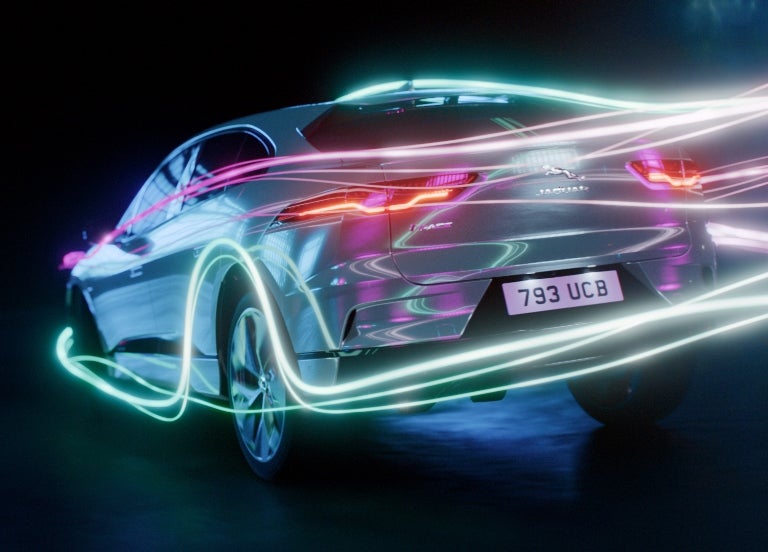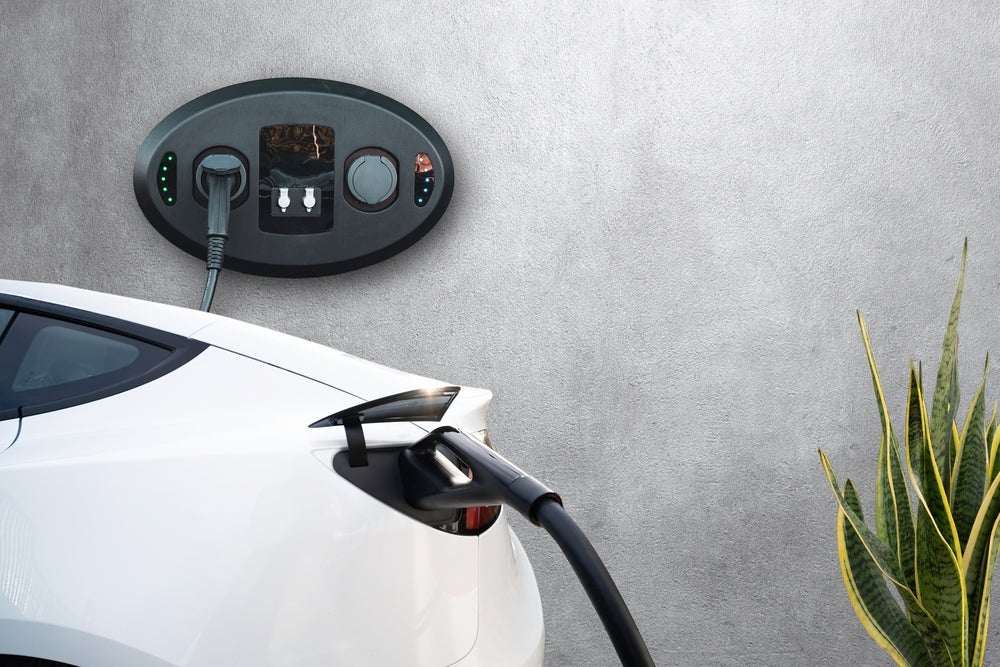
This month Boris Johnson announced the acceleration on the ban of the use of fossil fuels in vehicles from 2040 to 2030, in hopes of accelerating widespread adoption of electric vehicles (EV). Motor Finance’s Hannah Wright explores the role of the leasing sector in the transition.
According to Catherine Bowen, senior policy director at the British Vehicle Rental and Leasing Association (BVRLA), the phase-out cannot be a “one date fits all approach”
It must be tailored to different use cases. “Whilst some members can make the earlier transition, for others it will be very difficult as they will have unique challenges they need to overcome.
“When it comes to commercial vehicles, we aren’t clear what the future looks like. If the average fleet cycle for a truck is around 12 years, then net zero by 2050 is only a couple of fleet cycles away.”
Bowen continues: “When the government speaks about a phase out date, there should be a lag for vans and specialist vehicles. Certain specialist vehicles may require constant on-board power, and it’s just going to drain the electric battery.”
The BVRLA recently launched their Plug in Pledge, signifying a commitment for the fleet, rental and leasing sector to own and operate 900,000 battery electric vehicles (BEV) by 2025.
How well do you really know your competitors?
Access the most comprehensive Company Profiles on the market, powered by GlobalData. Save hours of research. Gain competitive edge.

Thank you!
Your download email will arrive shortly
Not ready to buy yet? Download a free sample
We are confident about the unique quality of our Company Profiles. However, we want you to make the most beneficial decision for your business, so we offer a free sample that you can download by submitting the below form
By GlobalDataOn the same day, the association released their latest version of their Road to Zero Report Card, which monitors the UK fleet sector’s progress toward total decarbonisation and provides recommendations on further action necessary to accelerate the transition.
According to the report, by 2025, the sector will be responsible for 80% of the UK’s new BEV sales and 75% of BEVs on UK roads. So, while the electric revolution is yet to take hold, the path to decarbonisation of road transport will likely be forged by the leasing, rental and fleet operators.
The scorecard for 2020 branded the industry’s Road to Zero progress as ‘Accelerating’ or ‘Amber’ employing a traffic light grading system. In other words, some progress has been made since 2019 and the EV market is approaching parity with that for petrol and diesel vehicles in certain aspects.
While the past year has seen immense acceleration in the transition, three key factors will determine the ease of transition to EVs – supply, demand and infrastructure. Widespread adoption of EVs will require each of these components to function simultaneously.
Advancing infrastructure
The 2020 edition of Making the Transition to Zero-Emission Mobility from the European Automobile Manufacturers Association (Acea) recently exposed the inadequacy of EV charging infrastructure across EU member states. The annual study revealed that, while sales of EVs in the EU increased by 110% since 2017, the number of available charging points only grew by 58%.
Within this figure, only one in seven EU charging points are suitable for fast charging (capacity of ≥22kW). Most of the “normal” charging points (<22Kw) included in the EU statistics are common-or-garden, low capacity power sockets that are unsuitable for charging vehicles at an acceptable speed.
Bowen argues that the greatest barrier to widespread EV adoption is our infrastructure. For rental companies, the installation of charging facilities onsite often requires firms to reinforce the grid. Referring to the grid upgrade process as “inherently unfair”, Bowen explains how firms that push the grid over capacity end up shouldering the whole cost.
“If you want to electrify your depot or rental station, the likelihood is that there won’t be enough grid capacity and so you have to pay to reinforce the grid.
“Some of our rental members have been quoted costs in excess of £100,000 by their local distribution network operator. You go into a queuing system and if you’re the unlucky one that pushes the system over capacity, then you’re the one that has to pay the whole cost. The next person in the queue is then able to piggyback on the back of the previous reinforcement.”
As a result, the BVRLA demanded the Office of Gas and Electricity Markets (Ofgem) conduct an urgent review into the system, and Bowen speculates that they were looking to make changes. However, such changes are unlikely to come into effect until around 2023.
This will be a major barrier for people looking to electrify their fleet, says Bowen. “It’s a particular issue for the rental sector because you just can’t make the infrastructure stand up. One of our members said that, of their 300 locations across the country, only three of them had capacity to upgrade.
“For the other 297, they would have to pay to reinforce the grid. If we really want people to progress on the electrification of their fleet, there has to be some support and funding available for those that want to put the infrastructure in, ahead of any changes.”
The reliance on public charging infrastructure is crucial for a number of BVRLA’s members. For the engineers at Centrica, whose vehicles are not depot-based, when planning for the electrification of their fleet, the firm rests on the assumption that it could be up to 60% of its drivers that will be unable to charge at home.
Concerning the rapid charging network, Bowen says: “It’s good to see investment going into rapid charging but it’s all on the strategic road network. Some of the drivers for firms like Centrica need to be able to charge at places beyond the motorway network. So we have argued for the extension of these charge points into towns, cities and rural areas.”
When asked about the role of the fleet and leasing sector in widespread EV adoption, Bowen responds: “We really see our members leading the transition. The more rental and leasing vehicles we can get out there, the sooner we see those vehicles feeding into the second-hand market. This will particularly help with uptake in the retail segment.”
Government action
New research published by UK100, a group of mayors and local government leaders, appears to show that a “retrofit army” of nearly half a million builders, electricians and plumbers will be needed to meet the government’s objective of becoming Net Zero in every area of society by 2050. UK100 says this workforce will play a crucial role in the green transition, with “incentives to switch from diesel and petrol white vans to EVS, alongside seamless access to EV charging infrastructure across the UK”.
According to a report by environmental think tank Green Alliance, central government manages around 25,000 fleet vehicles in the UK while local councils manage almost 50,000 vehicles. The government committed to making a quarter of its central vehicle fleet electric by 2022, which amounts to only 1,250 per year. This figure pales in comparison to targets seen in India and China. Public procurement of EVs offers an immediate chance to raise domestic demand.
The need for increased government action is echoed by UK100 policy director, Jason Torrance. According to Torrance, there are key things that central government still need to do to support widespread EV adoption. He highlights one particular decision which reveals misplaced priorities:
“Central government previously committed to an investment of £27bn for a five year national roads programme which will support national highways. But it will also support ICE travel. That’s a huge amount of money that could be reprioritised into providing incentives or infrastructure for EVs. So there are things that government need to stop doing, and reprioritise. And then there are things they need to start doing like removing VAT on EVs and supporting local leaders in scrappage schemes.”
As we move beyond the early adoption phase, Torrance touches on the “crucial role” of the fleet and leasing sector in shifting the market:
“The business sector buys around 60% of new vehicles in the UK. If that 60% decide they don’t want ICE engines and want EVs instead, then that creates a huge demand. This has implications for now and in the future. Products respond to demand.”
Ensuring adequate supply
Earlier this year, numerous major car manufacturers stopped production of their electric models, citing supply bottlenecks as the cause of disruption. Supply chain instability and uncertainty over the availability of particular battery components, such as cobalt or lithium, are particularly potent issues on the supply side of the EV industry.
Constraints on battery supply and manufacturing are a growing concern. An insufficient supply of batteries has been responsible for vehicle supply delays, leading to long wait times and the frustration of consumers and businesses looking to replace fleets. Uncertainty from Brexit has also caused disruption to supply of EVs. A no-deal Brexit would further compound damage from Covid-19 and disrupt the highly integrated supply chains that serve the entire automotive industry.
Ed Hummel, director of business development for AutoTrader, describes Brexit as “the elephant in the room” concerning supply of EVs. Following the easing of lockdown restrictions, Hummel said that manufacturing has largely resumed normal capacity.
He adds it is more the question now of which market takes the production. “In China, the market is up significantly, China are way ahead of even pre-Covid demand levels. So a lot of British-based production are being shipped out to China where it’s a more certain market, and arguably more profitable depending on what happens with Brexit.”
A strong domestic market is critical to establishing a vibrant EV manufacturing sector. Targets alone are not enough. The UK has invested in battery innovation, but industrial leadership also means building things, not just inventing them. Fleet vehicles should be a top priority.
Green Alliance highlights the nation’s potential to capture a significant part of the market for EV manufacturing by 2030, contributing as much as £95bn to the UK economy. However, such an achievement will necessitate a mandate to spur domestic manufacturing and competition between OEMs. The ability of the sector to shift the market will have positive repercussions for supply.
As the BVRLA report points out, there are growing concerns that supply will not cope with future demand for EVs. Given their dominant position in the market, leasing and fleet organisations have the power to catalyse production through a commitment to electrification.
Accessibility for society
For businesses, opting for an EV is a “no-brainer”, says Hummel. “The government have heavily incentivised company car takers to take zero emission vehicles. It’s hugely beneficial from a taxation point of view. There is the writing down allowance, which allows you to deduct the cost of the vehicle against profits in year one. This makes it so efficient if you’re a business owner. Similarly, if you’re an employee taking a company car, once again the tax rates are way lower. It’s a much cheaper way to access a vehicle.”
In regards to cost concerns amongst the wider population, Hummel explains: “It’s all about communication. One of the things we think about at AutoTrader is the total cost of ownership (TCO). That takes all the costs into account and you can calculate the monthly cost of running Vehicle A versus Vehicle B. What you see in those numbers is that EVs become very attractive on a TCO basis. So we need better communication of that to more diverse groups. If you take a three-year view, it’s probably slightly cheaper to take the EV.”
In fact, recent research from the Environmental Defence Fund Europe revealed that individuals from lower income backgrounds are “priced out of going green” regarding vehicle ownership.
According to the new London-based Cleaner Car Index, residents in Kensington and Chelsea are three times more likely to own an electric car than those in Barking and Dagenham.
Sean Kemple, managing director of Close Brothers Motor Finance, agrees that there is more to be done from the perspective of government incentives. Regarding the increasing demand for EVs, Kemple says: “Plug-in grants, exclusion from congestion zone charges, and low-rate BIK tax have contributed.
“The new green plate, to be launched in September, signals that there is more to be done, and there is more around the corner. We may see the kinds of initiatives as we’ve seen in Norway over the last few years – no fees in toll roads, free dedicated parking spaces, no VAT or minimum VAT, access to bus lanes.”
Concerning the used market, Kemple notes that demand has been weaker, but there are positive signs. “The product availability is starting to come through. We’ve seen the hockey stick growth within the new market. Those vehicles will start to trickle down in 12, 24 or 36 months into auction houses, online trade platforms, the forecourts and then the driveways of the UK.”
Kemple also touches on other push factors, such as the introduction of low emission zones to an increasing number of cities over the next few years, or “a newfound reticence to use public transport” in the context of a global pandemic.
Turning specifically to motor finance industry, Kemple concludes: “As lenders, there are multiple ways to support the Road to Zero, through consumers, manufacturers, local councillors and retailers. We’re entering a new era, which may require lenders to be more cautious, but more curious. We can be pretty confident that consumer preferences are shifting. Government will introduce more measures to support the change. We can see the future, and the future looks electric.”






